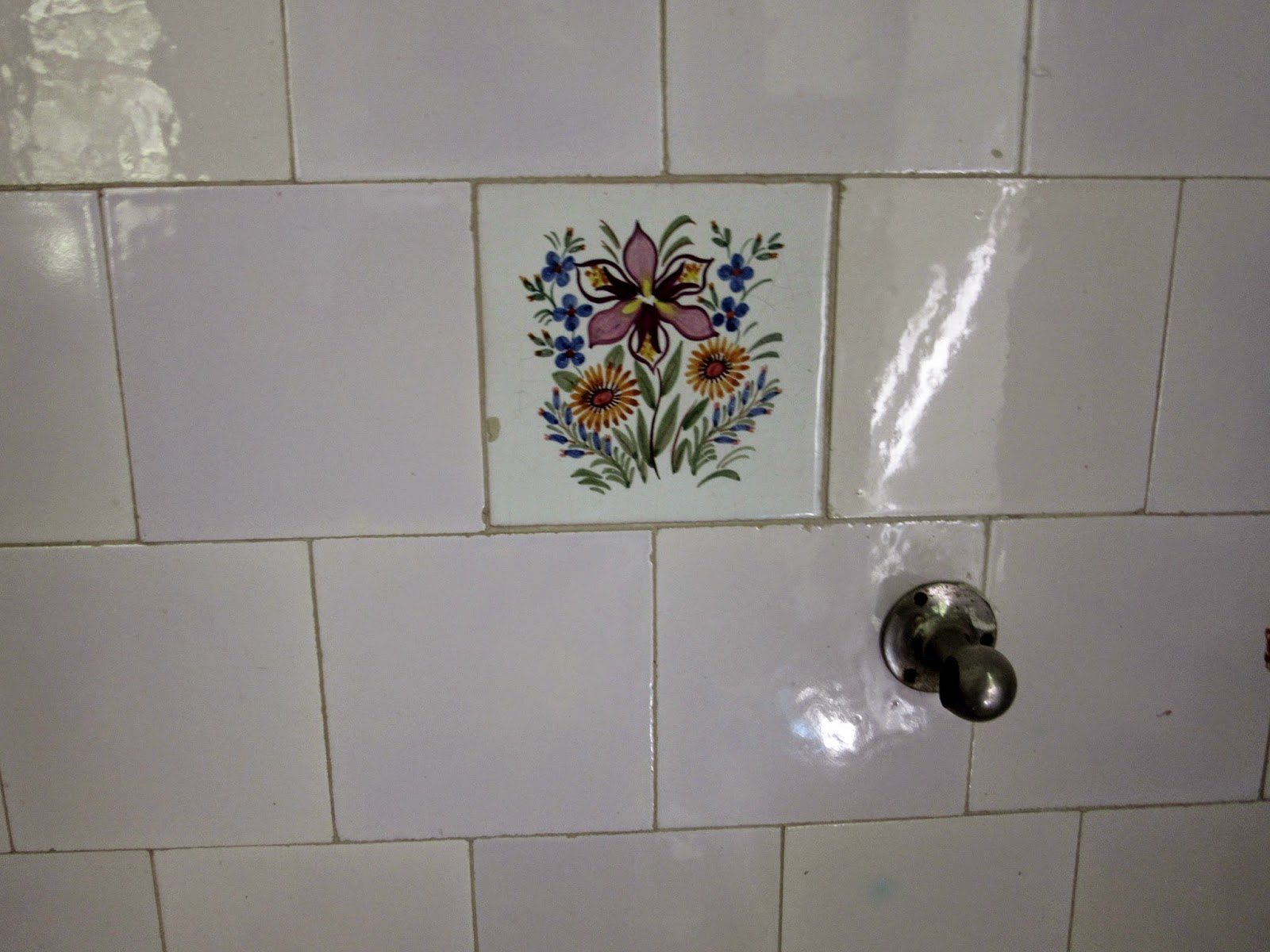 |
| our water element masks for the Cape Town Carnival in March |
Mardi Gras - French for Fat Tuesday - refers to
Carnival celebrations beginning on or after the Epiphany or King's Day
in January
and culminating today, on the day before Ash Wednesday, Fat Tuesday. Ash Wednesday begins the long period of sacrifice and fasting called Lent leading up to the highest holy day of the Christian calendar,
Easter.
Traditionally for Christians, these were really dark days. No meat. No dairy. No eggs. That is why the British celebrate Shrovetide and especially Shrove Tuesday, another name for the day before Ash Wednesday, by eating up all the eggs and milk and butter in the house in the form of pancakes.
 |
| Lenten samovar tea |
The same with Fat Tuesday. In the days when Catholics took Lent more seriously, it was the last day to feast on meat (
carne- from Latin
carō) and other rich and fatty foods. Ash Wednesday meant lean times ahead for 40 days.
Many Orthodox Catholics still keep a meat and dairy-less diet during
Lent. We were in Russia during Lent one year and there were Lenten menu
options for the observant in every restaurant where we dined. Now Roman Catholics are only required to
fast on Ash Wednesday and Good Friday and the only meatless days
observed during Lent are the Fridays other than Good Friday.

There are many famous Carnival celebrations around the world, usually in places with traditionally large Roman Catholic populations.
(The famous Fasnacht celebration in Basel, Switzerland, is a notable Protestant exception.)
Although now religion has become beside the point. Everyone parties during Mardi Gras season regardless of religion. For the massive celebrations, one thinks of the French Creole Mardi Gras celebrations in New Orleans, LA and Mobile, AL, Carnevale in Venice, the Caribbean Carnavals in Rio, Trinidad, and Panama City, the Portuguese-inspired one in Goa, India, the Spanish-inspired Carnival in the Canary Islands, and the massive French Canadian Carnival in Quebec. There are many, many more - mostly in Europe, Central and South America and the Caribbean.
.jpg)
Similar to the Notting Hill Carnival in London, the Cape Town Carnival owes nothing at all to the religious link of the other Carnivals. It is in the middle of March, almost a month into Lent. (The one in Notting Hill is in August.) I have noted before that South Africa does not have a big Catholic presence and the Portuguese had minimal influence on the surviving culture after they sailed off into the night.
The Cape Town Carnival may not be associated with Fat Tuesday but it sure looks like the Carnivals with which I am most familiar, namely Rio and New Orleans.
The theme this year is Elemental. Water. Air. Earth. Fire. Vince and I are planning to dress as Water, specifically its frozen form as ice and snow. Let the good times roll, Cape Town!































.jpg)







.jpg)

























































